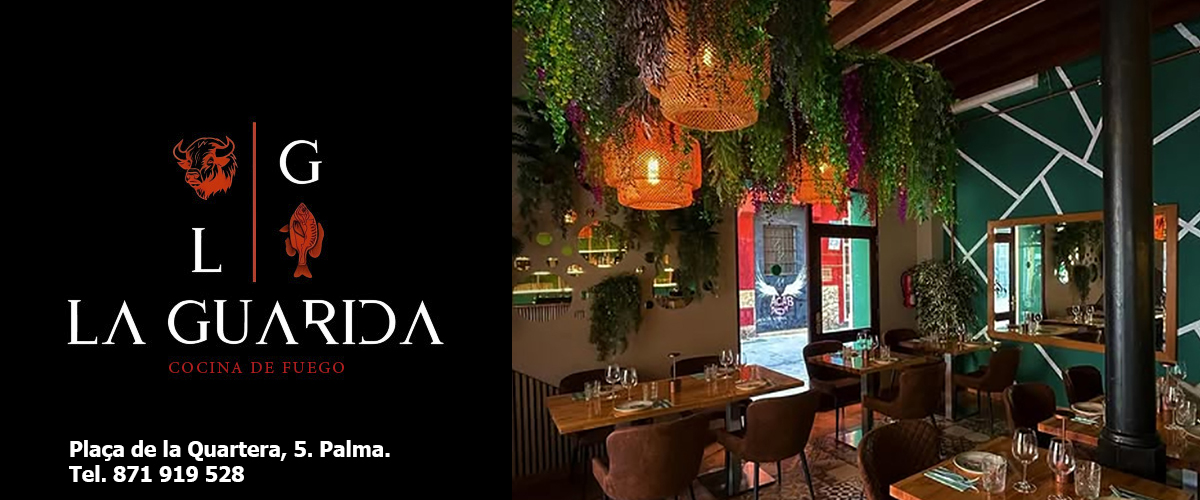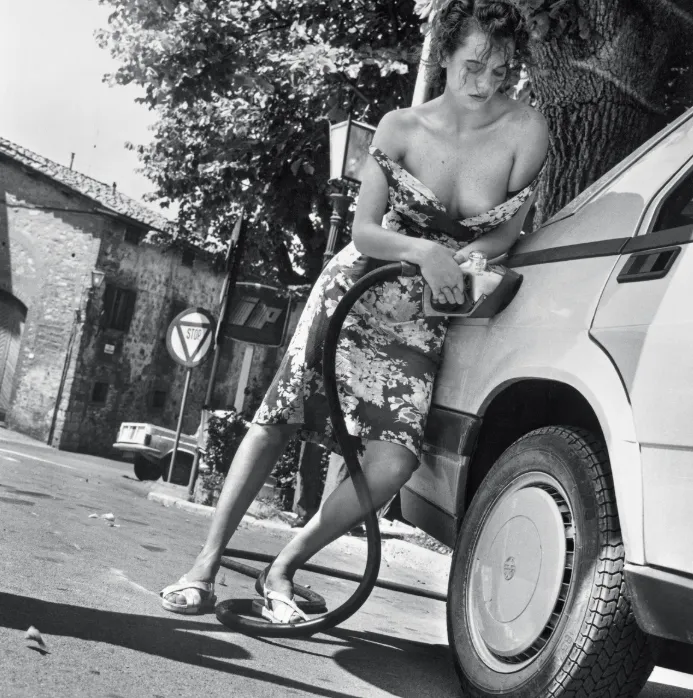De Berlín al exilio: los inicios de un genio
Helmut Newton, nacido en Berlín en 1920 bajo el nombre de Helmut Neustädter, fue un fotógrafo alemán de origen judío que transformó para siempre la estética del desnudo y de la moda. Su historia, marcada por la huida forzada a causa de la II Guerra Mundial, es también la narración de un hombre que supo reinventarse en cada etapa de su vida.
Su relación con la fotografía comenzó en 1936, cuando apenas contaba con dieciséis años. Entonces entró como aprendiz en el estudio de Else Simón (Yva), una de las fotógrafas más reconocidas de la época, famosa por sus retratos de desnudos y por su innovadora visión en la fotografía de moda. Este aprendizaje dejó una huella decisiva en el joven Newton, quien permaneció allí hasta 1938, año en el que, obligado por la persecución nazi, abandonó su ciudad natal.
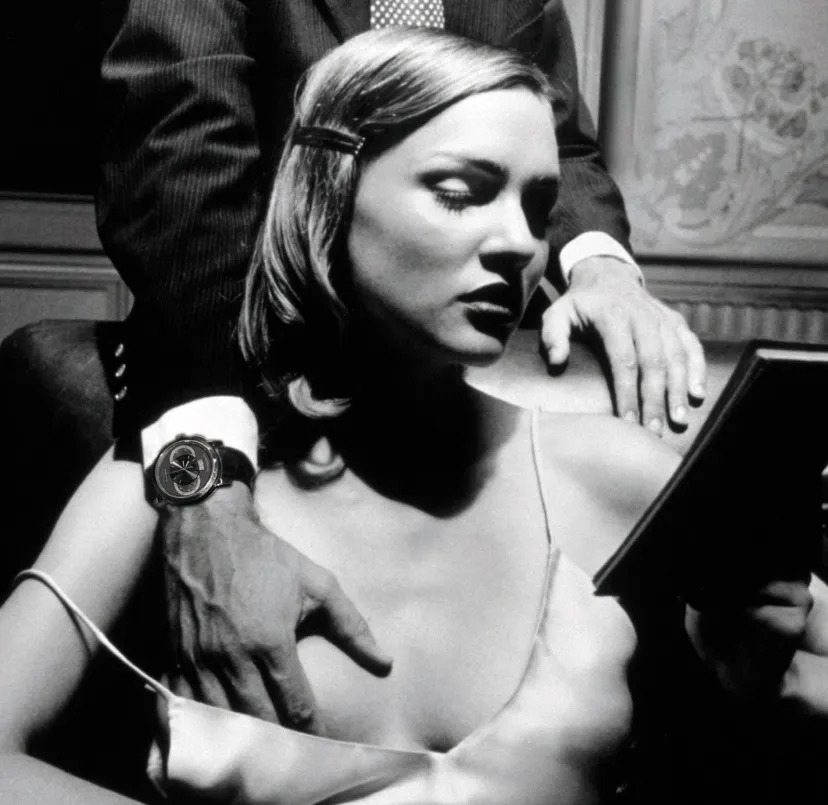
Tras escapar de Alemania, su vida se convirtió en un itinerario cosmopolita. Pasó por Singapur y Viena, y finalmente se estableció durante más de veinticinco años en París, una ciudad que se convertiría en su principal centro creativo. En la capital francesa comenzó a trabajar para algunas de las publicaciones más influyentes del mundo de la moda, incluyendo las ediciones francesa, inglesa, americana e italiana de Vogue, así como revistas de prestigio como Marie Claire y American Playboy. Su estilo pronto destacó por un enfoque radicalmente distinto al de sus contemporáneos, desafiando las convenciones establecidas.
El estilo provocador de Helmut Newton
La obra de Newton se distingue por haber creado un nuevo canon estético en la moda y en el arte fotográfico. Mientras la mayoría de los fotógrafos buscaban exaltar la delicadeza y el glamour clásico, él apostó por una mirada cargada de erotismo, dramatismo y un poderoso juego de ambigüedad.
Newton tenía una marcada preferencia por mujeres altas, delgadas y huesudas, a quienes retrató tanto vestidas con trajes de impecable sastrería como completamente desnudas. Su trabajo exploraba además la imagen andrógina, vistiendo a muchas de sus modelos como hombres y subrayando la ambivalencia de género en un contexto histórico crucial: la revolución sexual de las décadas de los sesenta y setenta.
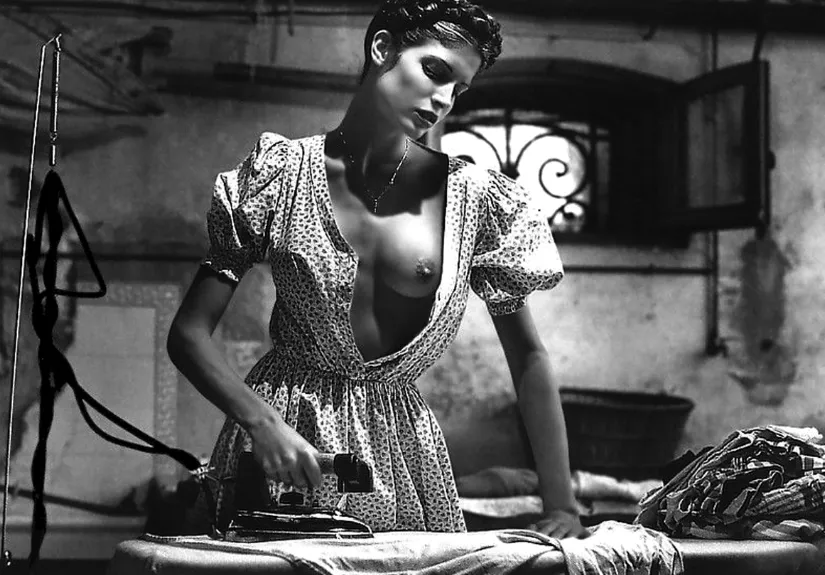
En una época en la que las mujeres estaban redefiniendo su papel en la sociedad, sus fotografías se convirtieron en espejo y catalizador de esa búsqueda de identidad. Newton capturó mujeres dominantes, seductoras, seguras de sí mismas, a veces agresivas, siempre desbordantes de personalidad. La crítica se dividió entre quienes lo consideraban un visionario y quienes lo acusaban de cosificación o provocación gratuita. No obstante, lo indiscutible es que su trabajo abrió nuevas posibilidades expresivas en el terreno de la fotografía artística y editorial.
Su primer libro, “Mujer blanca” (1976), marcó el inicio de una serie de publicaciones que consolidaron su prestigio internacional. A lo largo de su carrera, recibió múltiples premios y reconocimientos que lo situaron como una figura clave del siglo XX.
Legado y permanencia en la historia de la fotografía
La trayectoria de Helmut Newton no puede entenderse sin su permanente desafío a las normas sociales y artísticas. Su estética, marcada por la tensión entre el erotismo y la elegancia, se adelantó a su tiempo y todavía hoy sigue siendo un referente imprescindible en el estudio de la moda y del retrato contemporáneo.
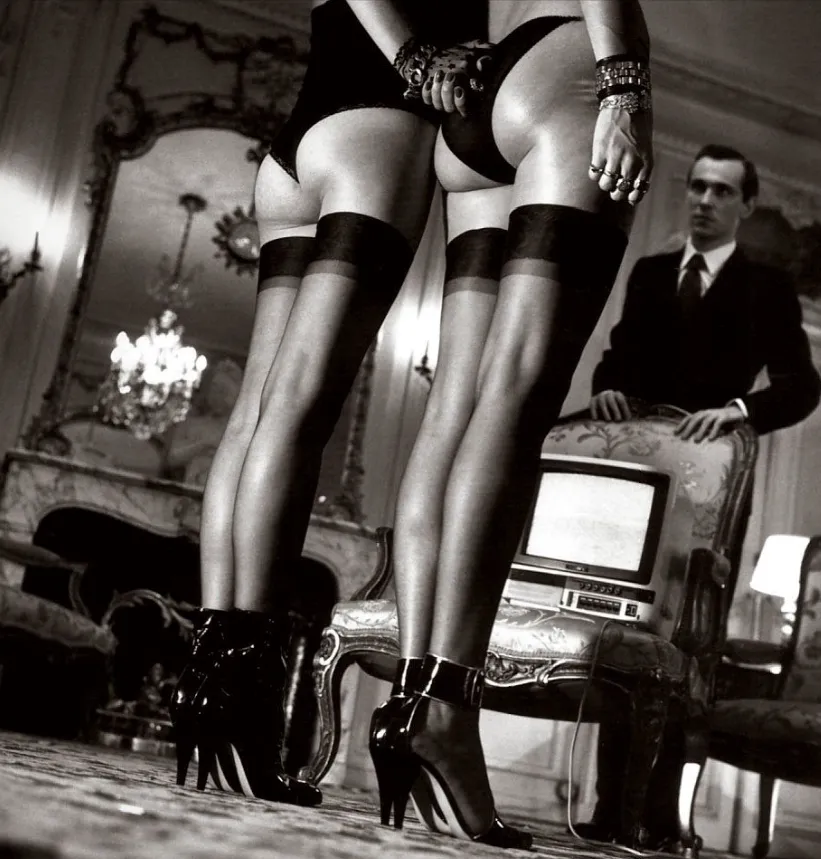
Las imágenes de Newton no solo fueron publicadas en revistas, sino que también llegaron a galerías y museos, consolidando el reconocimiento de la fotografía de moda como una forma de arte mayor. Su capacidad para capturar la complejidad de la feminidad, oscilando entre la vulnerabilidad y el poder, entre lo clásico y lo transgresor, le otorgó un lugar único en la historia visual del siglo XX.
Helmut Newton falleció en 2004 en Los Ángeles, dejando tras de sí un legado inquebrantable. Su obra sigue presente en colecciones, retrospectivas y ediciones especiales que reafirman la vigencia de su mirada. Hoy, en plena era digital, sus imágenes continúan inspirando a fotógrafos, diseñadores y artistas que encuentran en su estilo un ejemplo de cómo la moda y el arte pueden fundirse en un lenguaje provocador y atemporal.
Hablar de Newton es hablar de un creador que se adelantó a su tiempo, que rompió las convenciones de lo establecido y que contribuyó a redefinir la belleza, el erotismo y la fuerza visual de la mujer en la fotografía. Su obra no se limita a ser un testimonio de una época: es, sobre todo, una invitación a comprender cómo la imagen puede transformar la cultura y convertirse en un legado universal.
«Una buena fotografía de moda debe de parecer cualquier cosa menos una fotografía de moda: un retrato, una foto recuerdo, una de paparazzi…» Helmut Newton
Para más información;: helmut-newton-foundation.org/en
Por Mónica Cascanueces.
